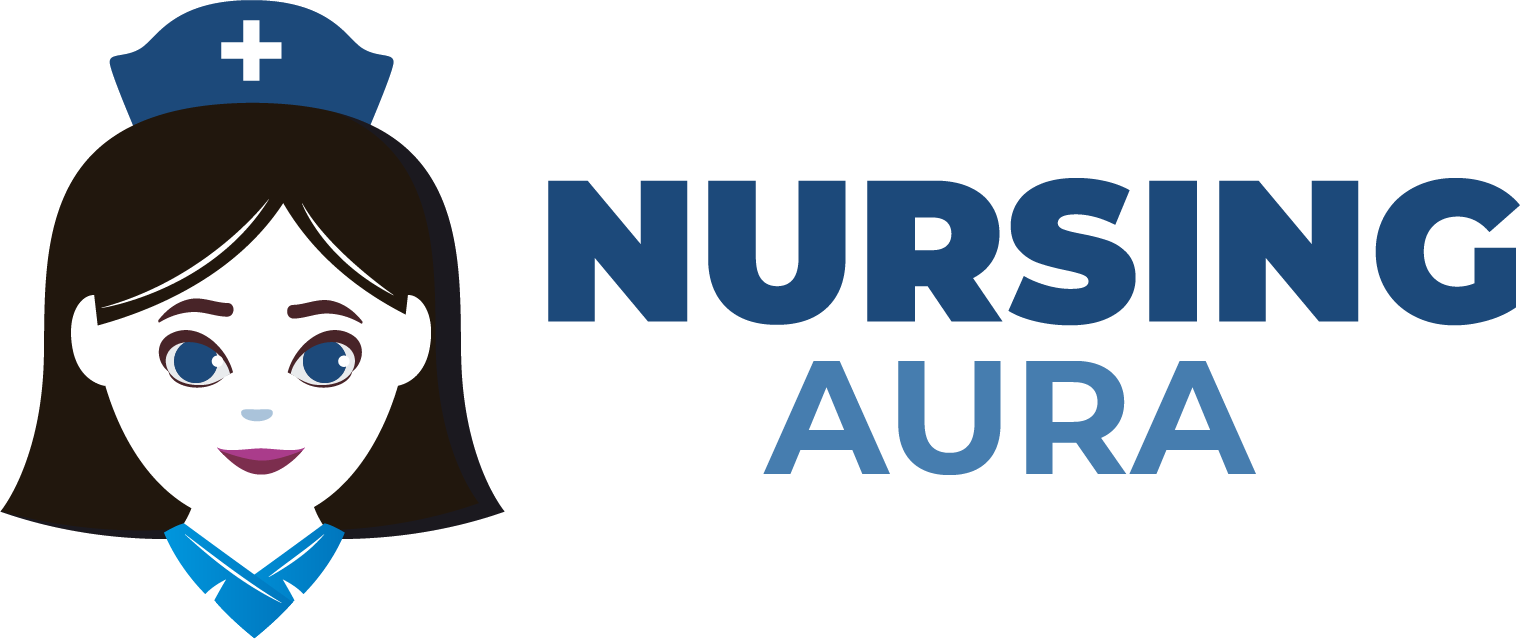Healthcare communication matters. Nurse communication and interprofessional communication are distinct yet interrelated. Although both are required for high-quality patient care, their aims and scope differ. Nursing communication includes nurses, patients, families, and coworkers. Communicating properly helps patients trust, learn, and feel supported by nurses. Nurses’ active listening, empathy, and straightforward language must help patients understand their conditions, treatment options, and care plans. Patients must also get sophisticated medical information from nurses.
Interprofessional communication occurs between doctors, pharmacists, PTs, and social workers. Collaborating doctors provide complete patient treatment. Communication between professionals might be textual or electronic. Healthcare practitioners aligning diagnosis, treatment, and care plans increase patient outcomes, collaborative decision-making, and mistake reduction.
Different methods of communication exist. Nursing helps patients and teams communicate. Interprofessional communication requires more healthcare professionals and sophistication. Patient communication and cooperation with professionals with different abilities and expertise are needed.
Different communication channels serve different goals. Nursing communication emphasizes patient and family needs, concerns, and emotions. Healthcare practitioners share information and ideas through interprofessional communication for efficient treatment. Patient-centered interprofessional communication improves healthcare teamwork and decision-making.
Interprofessional and nurse communication is needed in healthcare. Although both attempt to enhance patient care, their scope, focus, and goals differ. Nursing communication with patients and the team must be emotional and open. Interprofessional communication improves patient outcomes through information exchange and cooperation beyond nursing. Healthcare workers need both to serve patients well.
|
S.No. |
Aspects |
Subject |
Subject |
|
1. |
Audience |
Patients |
Multiple Healthcare Professionals |
|
2. |
Focus |
Patient-centered care |
Collaborative decision-making |
|
3. |
Language usage |
Layman’s terms |
Professional terminology |
|
4. |
Empathy |
Patient’s emotions |
Colleagues’ perspectives |
|
5. |
Confidentiality |
Patient privacy |
Team information sharing |
|
6. |
Information sharing |
Health updates |
Comprehensive patient history |
|
7. |
Tone of voice |
Calming and assuring |
Professional and collaborative |
|
8. |
Non-verbal cues |
Comforting gestures |
Professional demeanor |
|
9. |
Clarity |
Clear instructions |
Clear roles and responsibilities |
|
10. |
Listening skills |
Patient concerns |
Team members’ inputs |
|
11. |
Rapport building |
Establishing trust |
Establishing collaborative relationships |
|
12. |
Conflict resolution |
Resolving patient issues |
Resolving interprofessional conflicts |
|
13. |
Cultural sensitivity |
Understanding patient’s culture |
Understanding diverse perspectives |
|
14. |
Feedback provision |
Patient progress |
Team performance feedback |
|
15. |
Written communication |
Patient records |
Comprehensive reports and documentation |
|
16. |
Adaptability |
Adjusting to patient’s needs |
Adapting to various professional roles |
|
17. |
Time management |
Patient care scheduling |
Collaborative planning and coordination |
|
18. |
Emotional resilience |
Dealing with patient trauma |
Managing team dynamics and stress |
|
19. |
Critical information delivery |
Treatment information |
Critical patient updates |
|
20. |
Assertiveness |
Advocating for patients |
Voicing concerns and suggestions |
|
21. |
Interpersonal boundaries |
Maintaining professional distance |
Establishing effective collaboration boundaries |
|
22. |
Digital communication skills |
Electronic health records |
Virtual team collaboration tools |
|
23. |
Communication tools usage |
Patient education tools |
Interprofessional communication platforms |
|
24. |
Empowerment |
Encouraging patient involvement |
Encouraging collaborative decision-making |
|
25. |
Crisis communication |
Handling emergencies with patients |
Managing critical interprofessional situations |
|
26. |
Conflict of interest |
Patient’s well-being first |
Prioritizing collective patient outcomes |
|
27. |
Team building |
Patient care teamwork |
Collaborative care planning |
|
28. |
Leadership communication |
Inspiring trust and confidence in patients |
Motivating and leading interprofessional teams |
|
29. |
Cross-disciplinary understanding |
Basic medical knowledge |
Understanding roles of different healthcare professionals |
|
30. |
Ethical communication |
Informed consent discussions |
Ethical decision-making processes |
|
31. |
Scope of practice awareness |
Understanding nursing scope |
Respecting and understanding various professional scopes |
|
32. |
Information retention |
Patient medical history |
Professional protocols and guidelines |
|
33. |
Body language interpretation |
Patient comfort and distress |
Understanding professional cues and concerns |
|
34. |
Sympathy vs empathy |
Understanding patient pain |
Understanding professional challenges |
|
35. |
Conflict avoidance |
Minimizing patient stress |
Preventing interprofessional conflicts |
|
36. |
Reflection |
Patient outcomes review |
Team performance evaluation |
|
37. |
Proactive communication |
Preventive healthcare discussions |
Proactive team coordination |
|
38. |
Knowledge sharing |
Patient education materials |
Professional development resources |
|
39. |
Humor usage |
Patient morale boosting |
Fostering positive team environment |
|
40. |
End-of-life communication |
Palliative care discussions |
Collaborative end-of-life decision-making |
|
41. |
Education and advocacy |
Advocacy for interprofessional collaboration |
|
|
42. |
Communication barriers |
Patient language barriers |
Professional hierarchy challenges |
|
43. |
Psychological support |
Patient mental health discussions |
Providing emotional support to colleagues |
|
44. |
Trust establishment |
Patient confidence building |
Building trust within the interprofessional team |
|
45. |
Crisis management |
Patient emergency responses |
Collaborative crisis management |
|
46. |
Negotiation skills |
Patient care plan adjustments |
Interprofessional consensus building |
|
47. |
Adherence encouragement |
Patient treatment compliance |
Encouraging adherence to interprofessional protocols |
|
48. |
Advocacy skills |
Patient rights advocacy |
Interprofessional collaboration promotion |
|
49. |
Professional development |
Continuing nursing education |
Interprofessional training and workshops |
Frequently Asked Questions (FAQs)
Q1. Why are nurse communication skills important?
Active listening, empathy, clear verbal and nonverbal communication, and cultural awareness are nursing communication skills. Nurses must explain complicated medical facts to patients and their families and provide emotional support.
Q2. What distinguishes nursing from interprofessional communication?
Nurse-patient or nurse-team communication is nursing communication. These linkages encourage patient-centered care, empathy, and clear communication. Instead, interprofessional communication involves healthcare professionals from different professions sharing information and ideas to coordinate patient care.
Q3. Why is interprofessional healthcare communication important?
Healthcare cooperation, mistake prevention, and patient outcomes depend on interprofessional communication. Ensure that all healthcare team members understand a patient’s condition, treatment strategy, and care objectives. Interprofessional dialogue helps complex medical problems make joint decisions.
Q4. Can healthcare professionals increase interprofessional communication?
Teamwork, communication, and conflict resolution training improve healthcare interprofessional communication. Open communication and mutual respect in healthcare organizations increase interdisciplinary collaboration.
Q5. Does interprofessional communication have challenges?
Yes, professional language, healthcare organization hierarchies, and time restrictions may make interprofessional communication difficult. Patient care mistakes can result from miscommunications. Recognizing these problems and actively striving to solve them via training, improved systems, and cooperation may enhance patient care.

